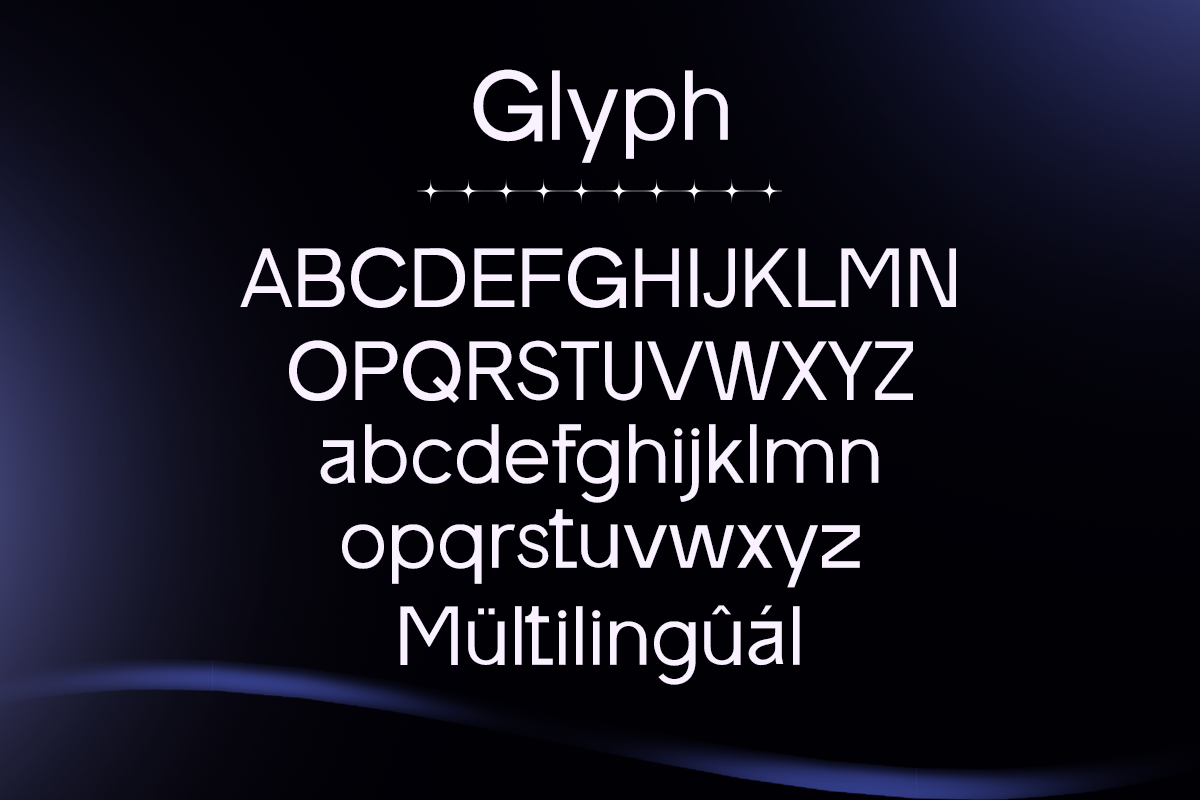Typography is more than just a design element—it plays a significant role in how readers perceive and engage with content. The right typography can evoke emotions, enhance readability, and even influence decision-making. Understanding how typography affects reader psychology can help designers and brands create more compelling and effective messages.
1. The Impact of Font Choice on Emotion
Different font styles convey different emotions and tones. Selecting the right font can determine how a message is perceived.
Examples:
- Serif fonts (e.g., Times New Roman, Garamond) – Often associated with tradition, reliability, and professionalism. They are commonly used in books and newspapers.
- Sans-serif fonts (e.g., Helvetica, Arial) – Convey modernity, simplicity, and clarity, making them popular for digital content.
- Script fonts (e.g., Pacifico, Dancing Script) – Give a personal and elegant feel, suitable for branding and invitations.
- Bold and geometric fonts (e.g., Futura, Bebas Neue) – Project strength, confidence, and impact, making them ideal for headlines and advertisements.
2. Readability and Comprehension
Typography directly affects how easily people can read and understand text. Factors such as font size, spacing, and contrast contribute to readability.
Key Considerations:
- Font Size: Text that is too small strains the eyes, while overly large fonts can seem overwhelming.
- Line Spacing: Proper spacing (1.5x to 2x the font size) improves reading flow and comprehension.
- Contrast: Dark text on a light background improves readability, while poor contrast can cause eye fatigue.

3. Typography and Consumer Trust
The way text is presented can impact a reader’s trust in a brand or message.
- Professional fonts (e.g., Georgia, Roboto) increase credibility.
- Overly decorative or inconsistent fonts can make a brand appear untrustworthy.
- Poorly formatted text can create a negative impression of a website or advertisement.
4. The Role of Typography in Persuasion
Typography can subtly guide a reader’s behavior and decision-making process.
- Bold and italicized text draws attention to key points.
- Capitalization conveys urgency or importance.
- Call-to-action (CTA) typography should be clear, concise, and visually appealing to encourage engagement.
5. Cultural and Psychological Associations
Typography can have different meanings based on cultural and psychological associations.
- Rounded fonts tend to feel friendly and inviting.
- Sharp-edged fonts give off a more aggressive or authoritative tone.
- Certain colors paired with typography can evoke specific emotions (e.g., blue fonts convey trust and stability, red fonts create a sense of urgency).
Conclusion
Typography is a powerful tool that influences reader psychology by affecting emotions, readability, trust, persuasion, and cultural perception. By choosing fonts carefully and considering their psychological impact, designers can create more effective and engaging content.
Understanding these principles can help brands and businesses communicate more effectively with their audience. Next time you design a website, logo, or marketing material, consider how typography shapes the reader’s experience!


